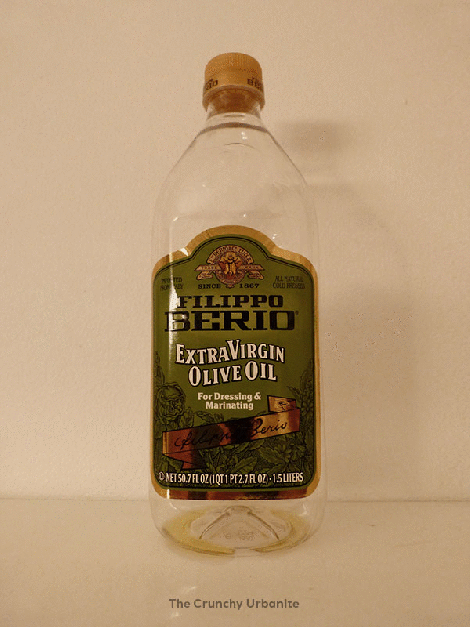
Here in New York, a garden is a lot like a walk-in closet — most of us gave up praying for one ages ago. But for those of us hell-bent on farming the concrete jungle, nothing’s easier (and more rewarding) than vertical tomatoes.
To start, you need two things: a container and a tomato.
(Well, maybe a couple more things, but we’ll get to that.)
For tomatoes, you can either go to a nearby garden shop that offers edibles, or you can grow your own from seed. I recommend the latter because you’ll need the plants to be small enough to thread through the opening of what will become your container. Growing your own is also a great way to guarantee quality. I recommend organic cherry tomatoes: they ripen quickly and are always producing. And black varieties are especially high in lycopene.

For your growing container, any container can work, but bottle-shapes are ideal because it allows the roots to expand upwards while tapering down to the stem to minimize water loss.
A 2-liter bottle would work great. I used a large olive oil bottle.

Cut the bottom off your container to fashion the new top — being sure to leave tabs on all sides through which you’ll run your string or hanging wire.
Your final planter with water and soil will be heavy, so be sure to make your tabs large and rounded, with no sharp angles that could pull off or tear from the weight.

Next, either thread your home-grown tomato seedling roots-first through the bottle mouth at the base — or if you bought a small tomato plant with a large root ball, carefully thread the leaves and stem from the back, up and out of the bottle mouth, being careful not to damage your plant.
Once your tomato is in, I recommend creating a collar around the plant on the inside of the planter with either a coffee filter or coconut coir. This will prevent soil from draining out when your planter is vertical.
Fill with soil, and (totally optional), additional natural fiber like coconut coir to help hold in moisture. While I didn’t in these photos, I learned that tomato roots don’t care for bright sun, so I highly recommend wrapping your finished container in something like duct tape or painting it to block out light. Trust me: your plant will thank you.
I used picture-hanging wire for my vertical tomatoes because I knew it would be strong enough and not break down in the elements.
In New York, it’s illegal to grow anything on your fire escape, so I made sure to hang my tomatoes technically within my windows — held in place with a suspension rod.

I bought a proper Topsy-Turvy® one year to see if there was any noticeable difference. Yes and no. The tomato grew better with the roots shaded, but the water went absolutely everywhere and was less water-efficient by contrast.
As I got better at vertical tomatoes, I started running support wires up into where the fire escape bolted into the building above my window so the full weight of the planter wasn’t entirely on the suspension rod… while still keeping my fire escape clear like the good, law-abiding citizen that I am.
Gardener’s Note: While tomatoes are definitely heat-loving plants, the south-facing fire escape with its iron and masonry proved at times almost too hot for my little tomatoes by August/September. It’s not ideal, but when your urban-farming options are limited, you make do. But on the plus side? An entire tomato season with zero blight!
Happy growing!




Are you planning to grow anything inside with lights? Or do you know anyone who does? My apt doesn’t have any outdoor access but our electric is included with rent 😸 I’m trying to figure out what the best grow lights are for a small herb and lettuce garden.
My very first year, I got an AeroGarden, which had lights built in. It was… okay. (My biggest disappointment with that system was the nutrition content of growing plants hydroponically.) Then I tried growing with blue/red LED bulbs, which worked fine – and as far as ease, I’d recommend you get a couple red/blue LED bulbs over a fluorescent tube. But in truth, if you have access to good south-facing windows, your best bet is to grow in proper soil and give your babies *real sunlight. Then if you still want to supplement with grow-lights, go right ahead. What are you planning on growing in, inside?